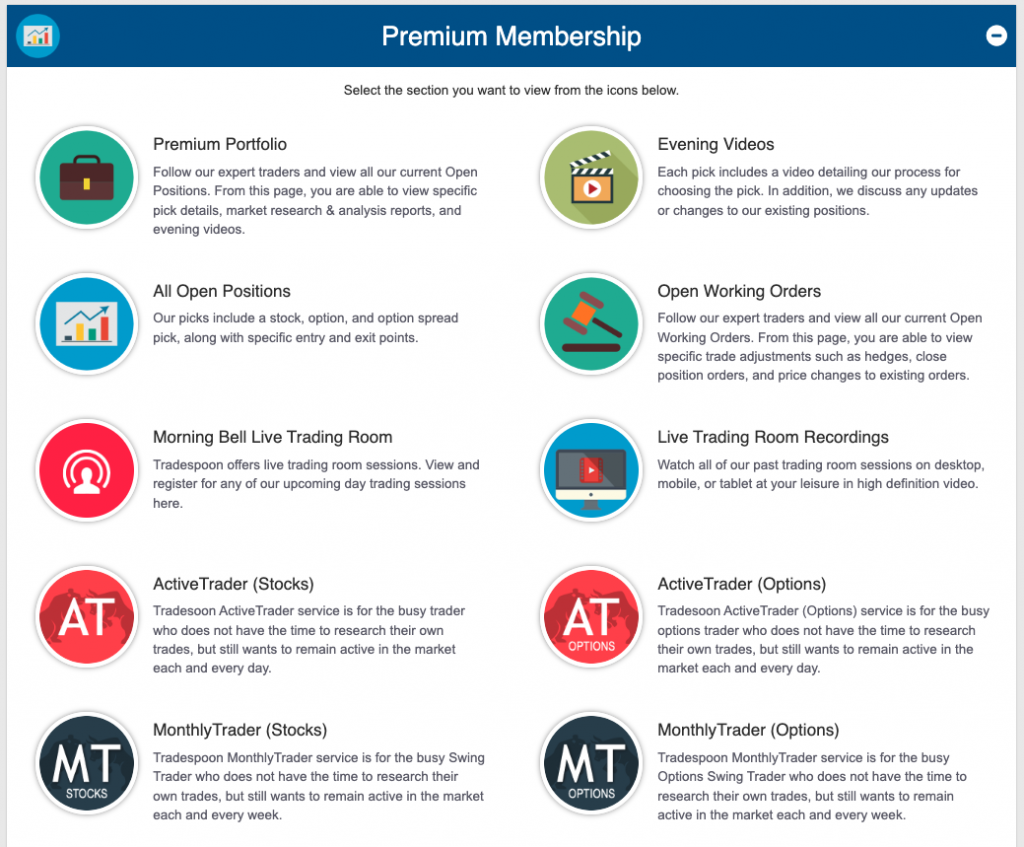Welcome to the ultimate guide to mastering quantitative trading, brought to you by Tradespoon, your trusted partner for AI-driven financial analysis and behavioral trading education. In this comprehensive exploration, we’ll delve into the intricate world of quantitative trading, covering essential concepts, key components of a trading system, potential advantages, associated risks, effective strategies for success, and emerging trends in this dynamic field.
Quantitative trading, often referred to as quant trading, is an investment approach that relies on mathematical models and algorithms to analyze data and execute trades. Unlike traditional methods, which may be influenced by human emotions and biases, quantitative trading employs systematic processes to identify and capitalize on market inefficiencies through algorithmic strategies.
Understanding and effectively managing these essential components is critical for building and operating a successful quantitative trading system. Each component plays a vital role in the overall process, from data acquisition to trade execution, and requires careful attention and expertise from traders and developers alike. To implement quantitative trading strategies successfully, traders must understand the core components of a quantitative trading system:
Quantitative trading offers several advantages, including:
However, quantitative trading also presents challenges such as:
While promising returns are possible, quantitative trading comes with risks such as:
To excel in quantitative trading, traders can adopt the following strategies:
Looking ahead, several trends are shaping the future of quantitative trading:
In conclusion, mastering quantitative trading requires a deep understanding of its principles, components, and associated risks. By leveraging data-driven strategies and cutting-edge technology, traders can navigate today’s financial markets with confidence. For comprehensive education and guidance on quantitative trading, turn to Tradespoon, where we empower traders with AI-driven insights and expert advice. Unlock the potential of quantitative trading with Tradespoon today!
Becoming a member of the Tradespoon trading community can significantly support your trading endeavors. Our carefully crafted community offers an unparalleled trading experience, enabling you to leverage our impartial AI trading program and gain valuable knowledge from accomplished traders. By joining us, you will immerse yourself in a supportive environment that fosters growth and provides access to a wealth of expertise.

With the market’s unpredictable nature and the uncertainty that lies ahead, we cannot stress enough the importance for our readers and members of the Tradespoon community to refer to our Live Trading Room. By doing so, you can stay updated on how our AI platform navigates select trades and gain valuable insights throughout the trading day. Our Live Trading Room is available for free, and we highly encourage everyone to sign up and check in regularly.
For more information on Tradespoon’s tools and our trading community, we recommend reviewing our latest Strategy Roundtable, held weekly on Tradespoon.
Being part of our Tradespoon trading community is immensely advantageous; here, you can exchange multiple tactics with fellow traders. During my recent Strategy Roundtable session (which is held weekly on Tradespoon), we did just that! This opportunity to collaborate and learn from others in the world of trading should not be passed up. I recommend checking out our latest Roundtable webinar in its entirety below:
Tradespoon Strategy Roundtable
Join us and unlock your trading potential with Tradespoon today!
Comments Off on
Tradespoon Tools make finding winning trades in minute as easy as 1-2-3.
Our simple 3 step approach has resulted in an average return of almost 20% per trade!